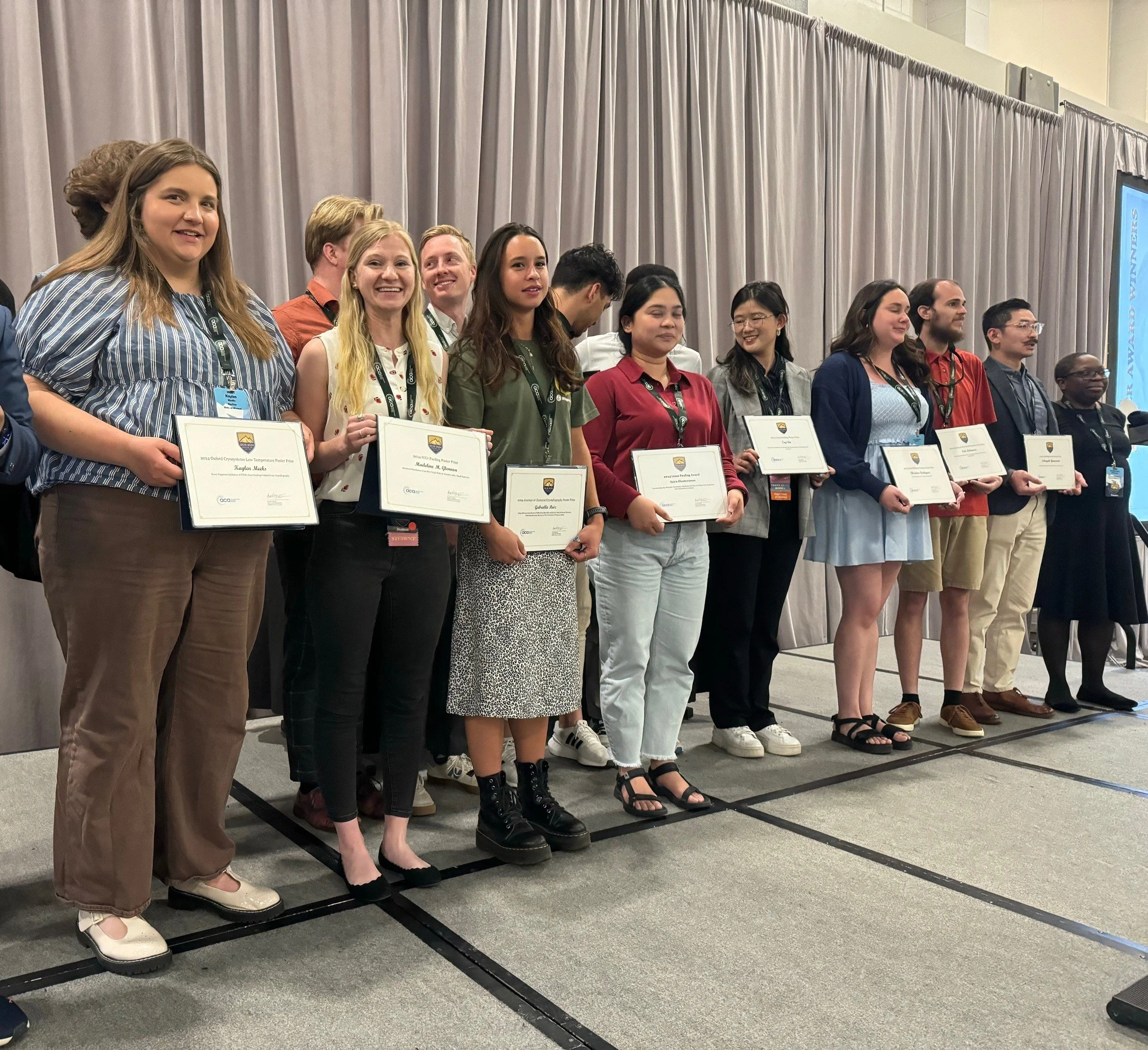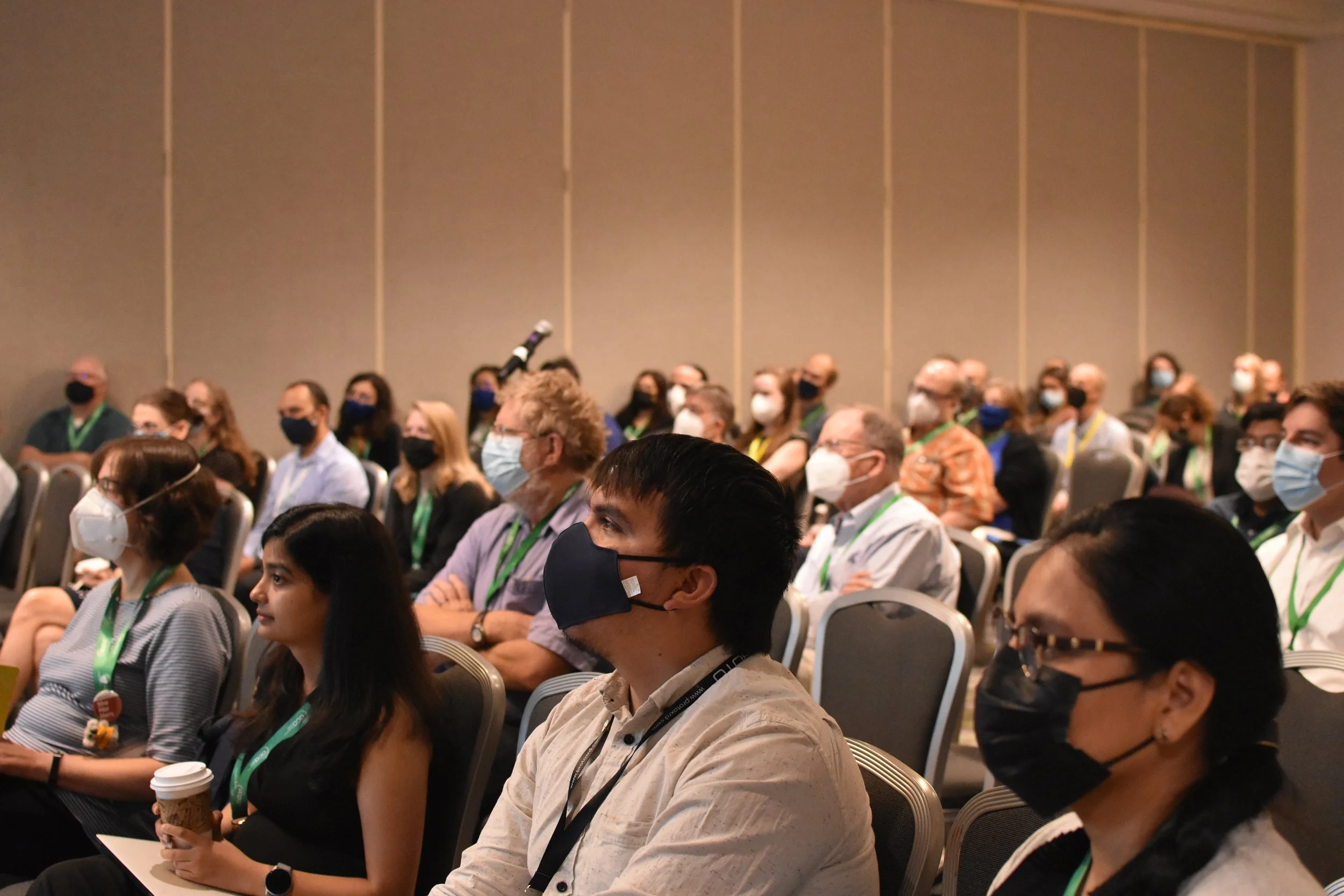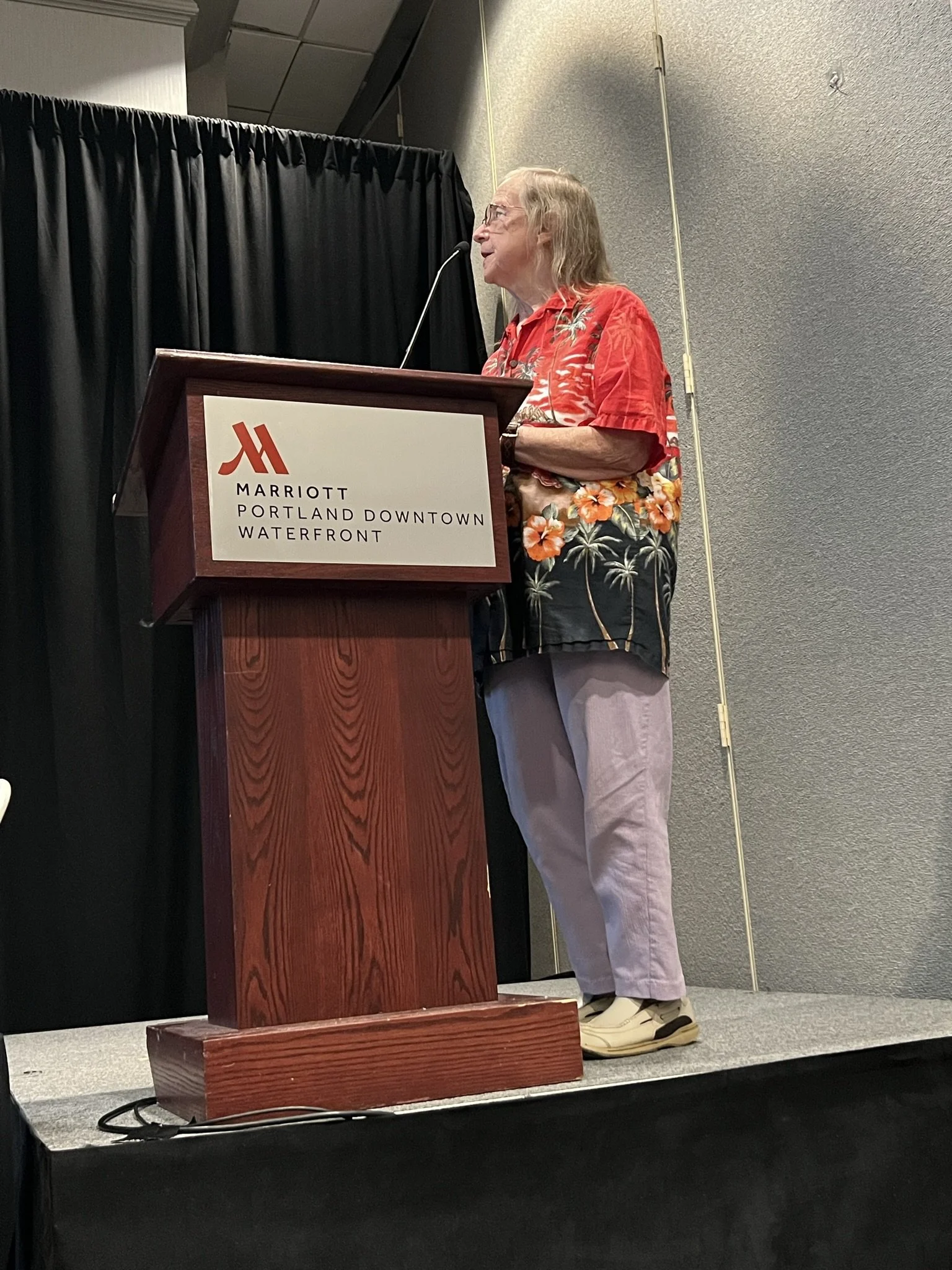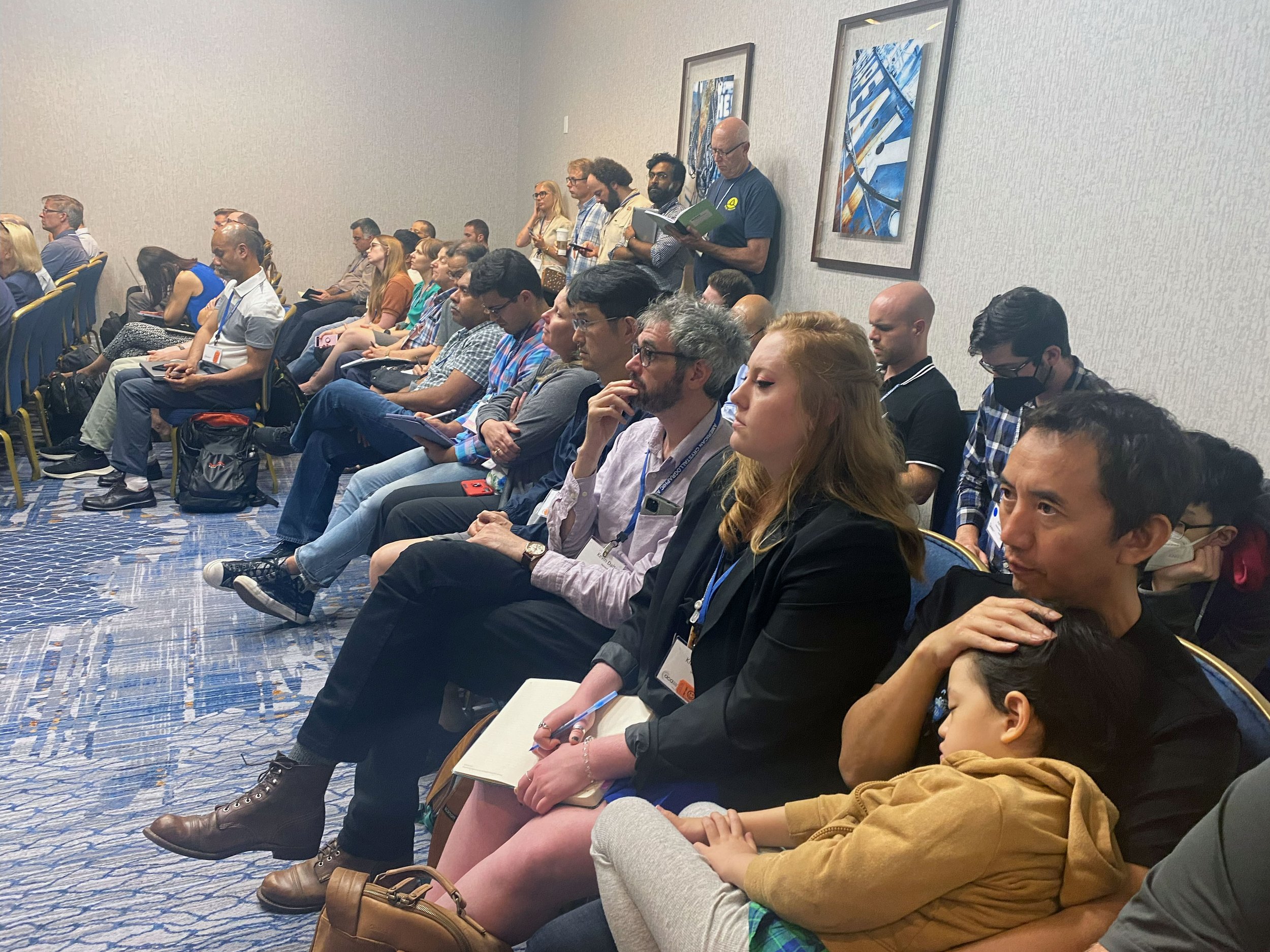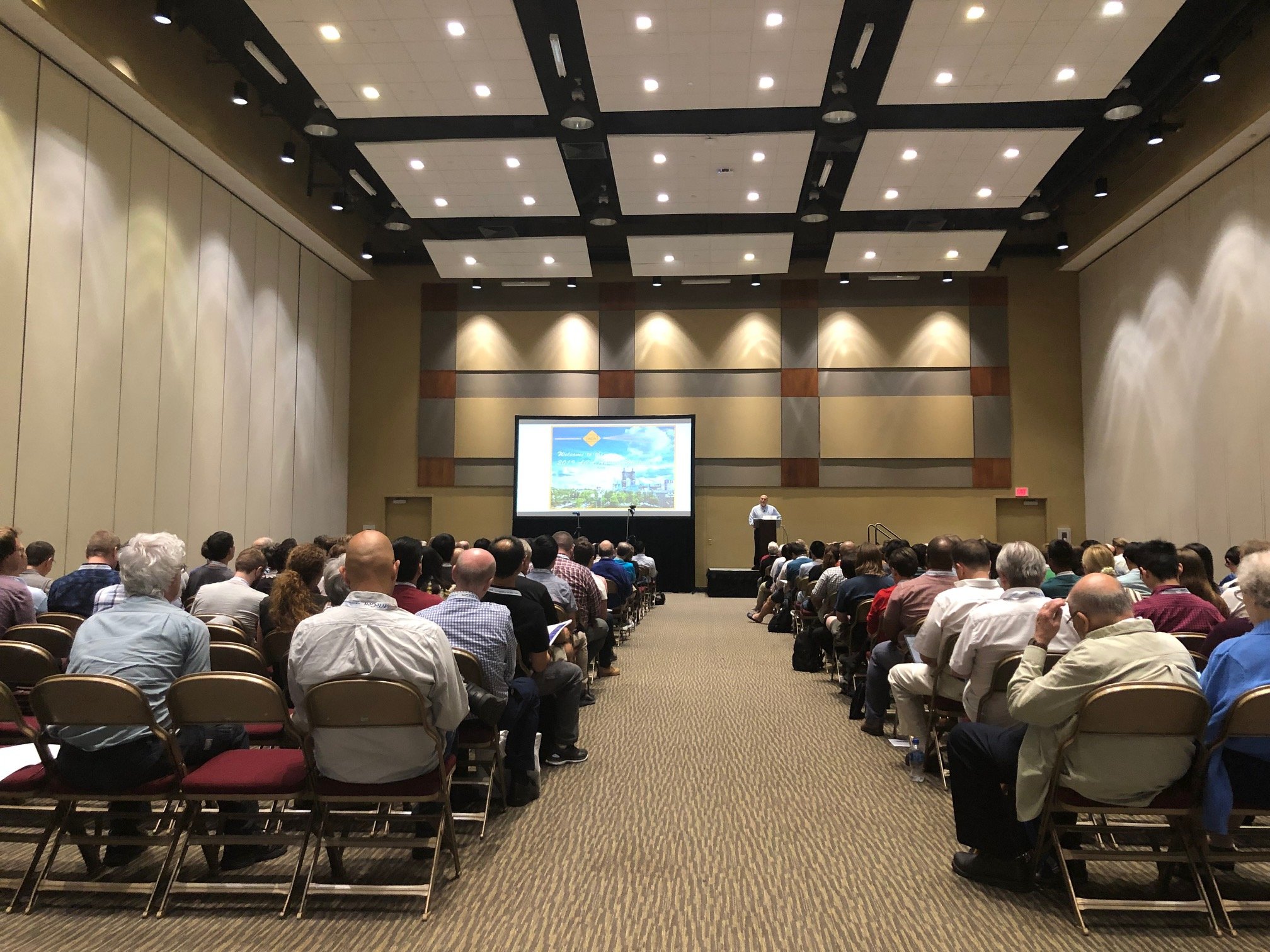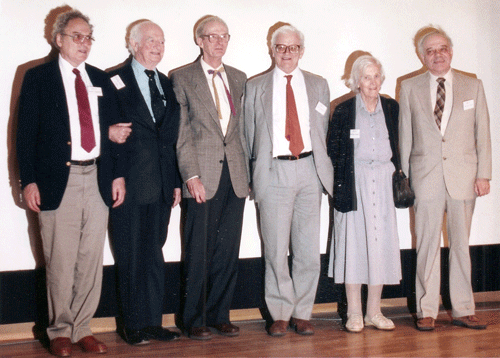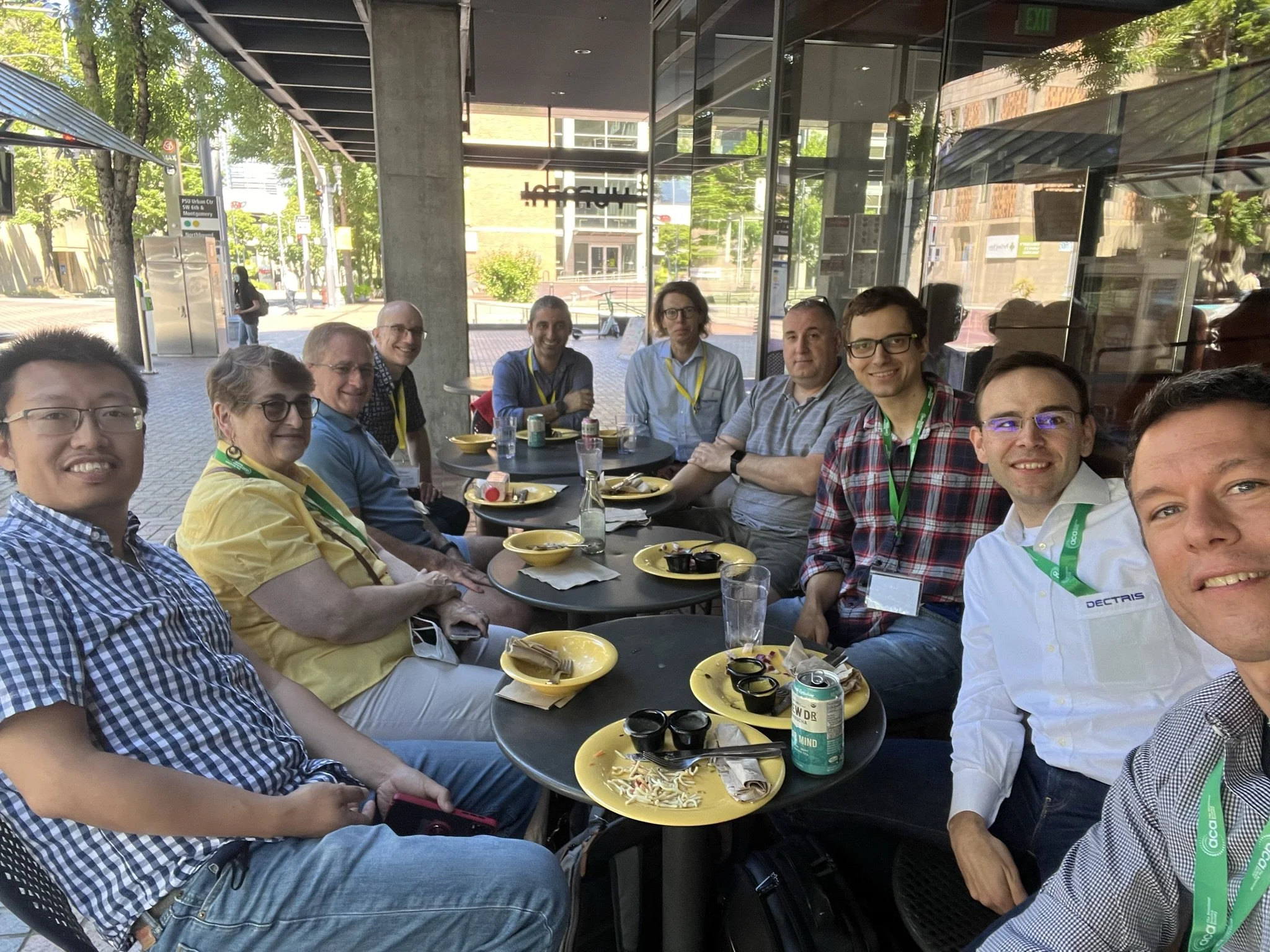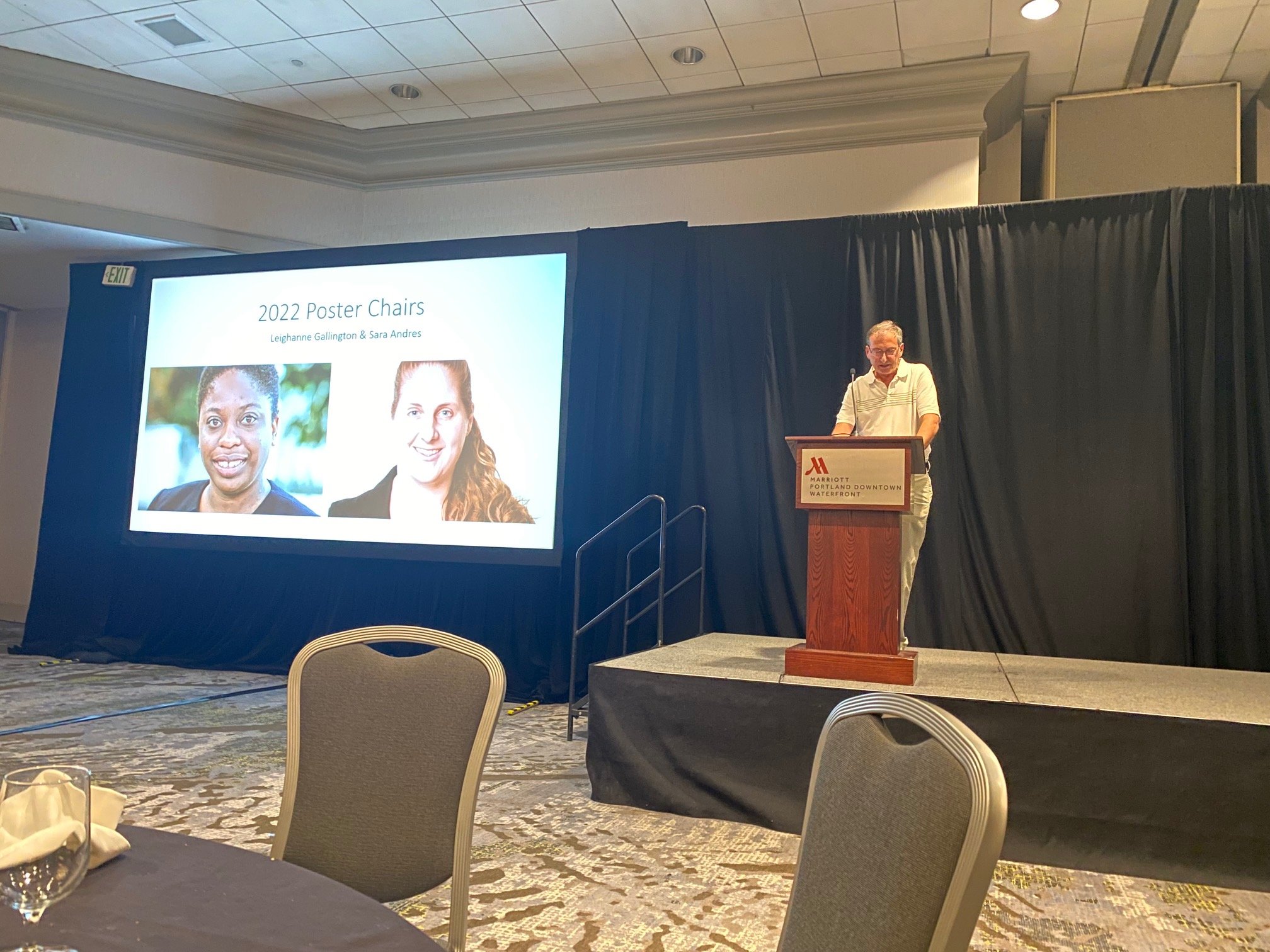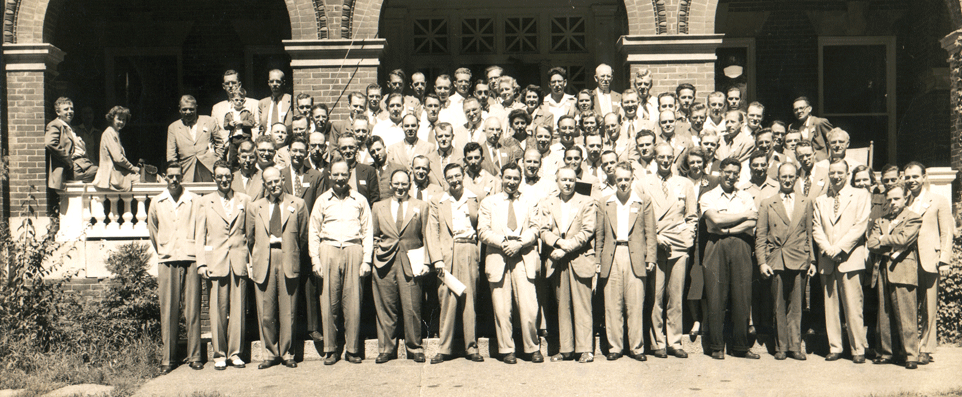
About the ACA
Meetings were a little more formal in the "olden" days - this photo (courtesy of Hugo Steinfink)
was taken at the second ACA Meeting in New Hampton, New Hampshire, August 21, 1950
Our Mission
The American Crystallographic Association (ACA) is a premier organization dedicated to advancing the study of structural science. Our mission is to support and promote structural science, foster interdisciplinary research, and encourage the exchange of ideas and innovations among crystallographers, chemists, physicists, biologists, and materials scientists.
The ACA aims to:
Promote the education and professional development of crystallographers
Foster communication and collaboration in the crystallographic community
Advocate for the advancement of crystallographic techniques and methods across various fields of science
Support the application of crystallography in areas such as drug development, materials science, and fundamental research
We work toward these goals through our publications, conferences, workshops, and by creating networking opportunities for crystallographers of all levels.





A Rich History of ACA Meetings
The tradition of the ACA Annual Meeting dates back to the early years of the Association's founding in the late 1940s. The first Annual Meeting, held in 1948, marked a pivotal moment in the crystallographic community. It was a time when crystallography was rapidly expanding, and researchers were beginning to realize its powerful applications across chemistry, biology, physics, and materials science. These meetings were designed to foster collaboration and the exchange of knowledge among scientists, and they quickly became an essential part of the crystallographic calendar.
In the early years, the meetings were relatively small and focused primarily on the scientific discussions of key figures in the field. However, as crystallography began to expand, the meetings grew in size and scope, with additional focus placed on education, innovation, and the practical applications of crystallographic techniques. By the 1960s, the ACA Annual Meeting had expanded to include poster sessions, hands-on workshops, and technical demonstrations, making it more interactive and engaging for participants from all disciplines.
The 1980s and 1990s saw rapid advancements in technology, particularly the development of computer software for crystallographic data analysis and structural determination. The ACA Annual Meeting became a hub for these new technologies, with sessions dedicated to computational methods, X-ray diffraction techniques, and later, cryo-electron microscopy. These years were formative for the association, with the growth of the crystallographic community both in terms of numbers and scientific expertise.
As we move into the 21st century, the ACA Annual Meeting has continued to evolve, embracing new trends in research and technological advancements. Today, the meeting serves as a global platform where researchers from all over the world gather to discuss the latest breakthroughs in structural biology, materials science, chemistry, physics, and beyond. We welcome participants from diverse disciplines to share their insights into how crystallography is shaping the future of scientific discovery.
Explore photos from the early meetings and the most recent ACA gatherings below, courtesy of the ACA History Portal and our dedicated volunteer photographers from the annual meetings.